Paul de Ruiter Architects designed Villa A with a deep regard for nature in the dunes of Aerdenhout, Netherlands. This sustainable and energy-neutral villa offers ample residential comfort while staying connected to and respectful of the adjacent Natura2000 nature reserve.
Respect For Nature:
The design prioritizes a connection to the surrounding natural environment with the utmost care. The floating glass volume features a twisted shape to preserve two large Scots pines, creating an organic flow around them without cutting them down. This floating part of the house appears to hover over the ground with two large overhangs on either end. A sloping landform connects the floating volume with the garden, integrating the children’s living spaces into the lower level within this form. The connection to nature is emphasized through incisions made in the landform, minimizing the impact on the natural surroundings while still providing high-quality living spaces.
Villa A by Paul de Ruiter Architects is a two-story residence comprised of one above-ground level and one buried within the landscape. Access to the spacious, transparent entry hall is gained through the overhanging area, from which a floating staircase leads to the ground floor, the living area of the villa. This level features a generous living room, a centrally located kitchen with a dining area, a study, and a main bedroom with an ensuite bathroom. The angled layout of the living space affords a different view of the surrounding nature from each room. The slight elevation of this floor above ground level creates a unique perspective as if living amongst the tree trunks and being a part of the forest.
The subterranean level of the house contains several bedrooms with ensuite bathrooms and a utility room and storage space. The spaces are characterized by walls, floors, and ceilings cast in place with minimal additional finishing, using only the necessary materials. Various interior elements are made from oak.
The villa’s reflective glass facade reflects the green landscape, creating an intriguing interplay of lines. The building is fully integrated into the landscape, as the undulating surroundings wrap around the structure and embrace the construction, including the spacious terrace with a pool and the access road, which are built from the same materials and forms as the villa. Adding a canopy edge at the top and bottom of the volume creates the impression that the villa is floating and detached from its surroundings.
Self-Sufficient House:
The villa is energy neutral thanks to its integration within the well-insulated ground body and triple-insulated glass, with energy generated by heat pumps and solar cells on the biodiverse green roof. The green roof also collects rainwater and enhances biodiversity by providing birds, bats, and bees nesting opportunities. The architects constructed the floating portion of steel and wood, and the building was using primarily electric construction equipment in a nitrogen-free process.
Overview Plan
Ground Floor Plan
Souterrain Floor Plan
Photos by: Tim van de Velde
Like what you’re reading? Subscribe to our top stories.





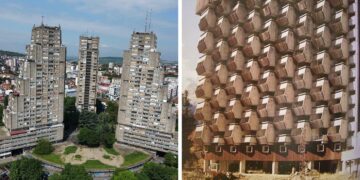
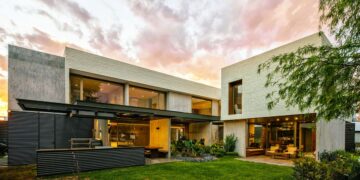
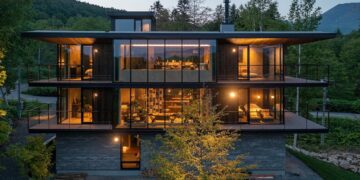
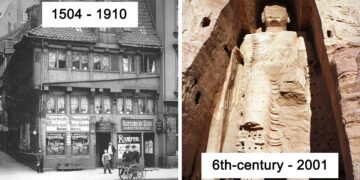




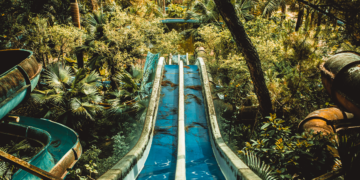
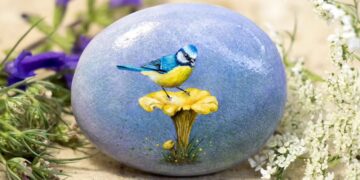

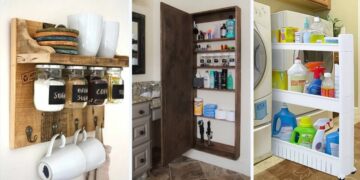
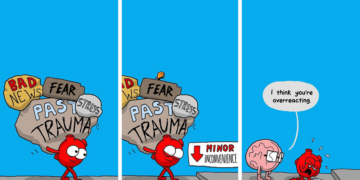



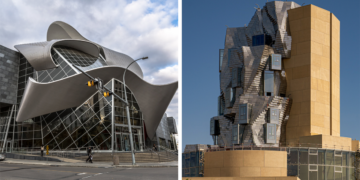
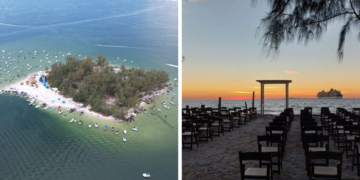
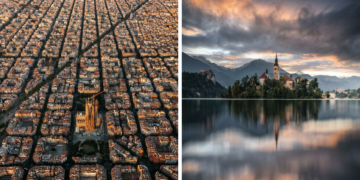
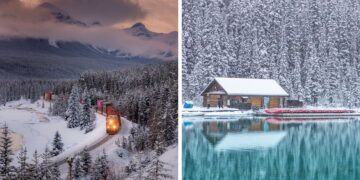
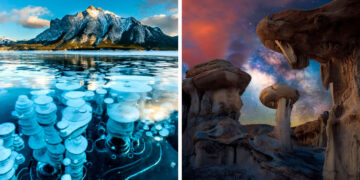

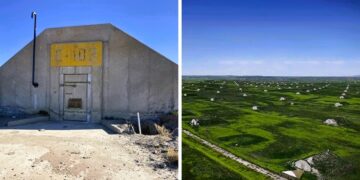

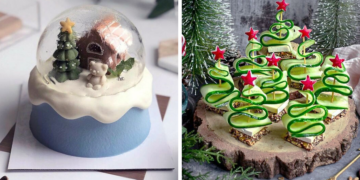
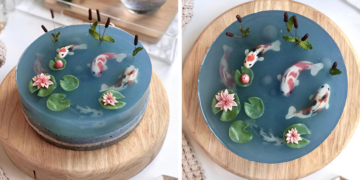
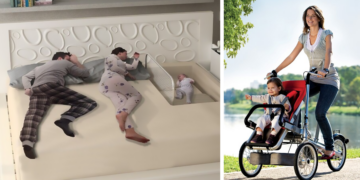
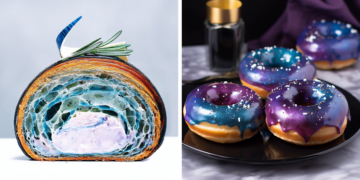
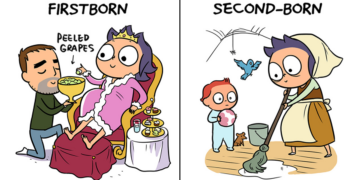

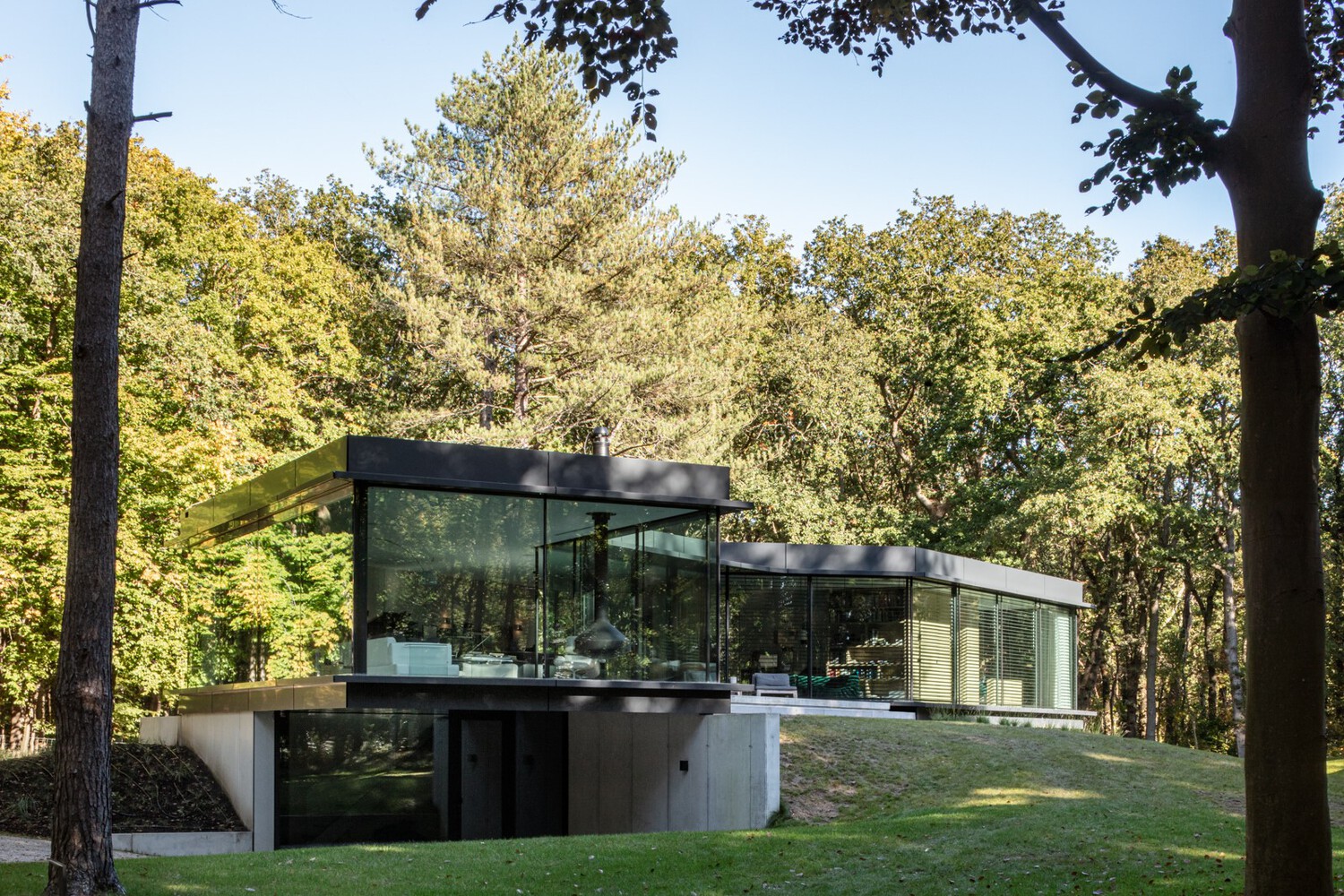
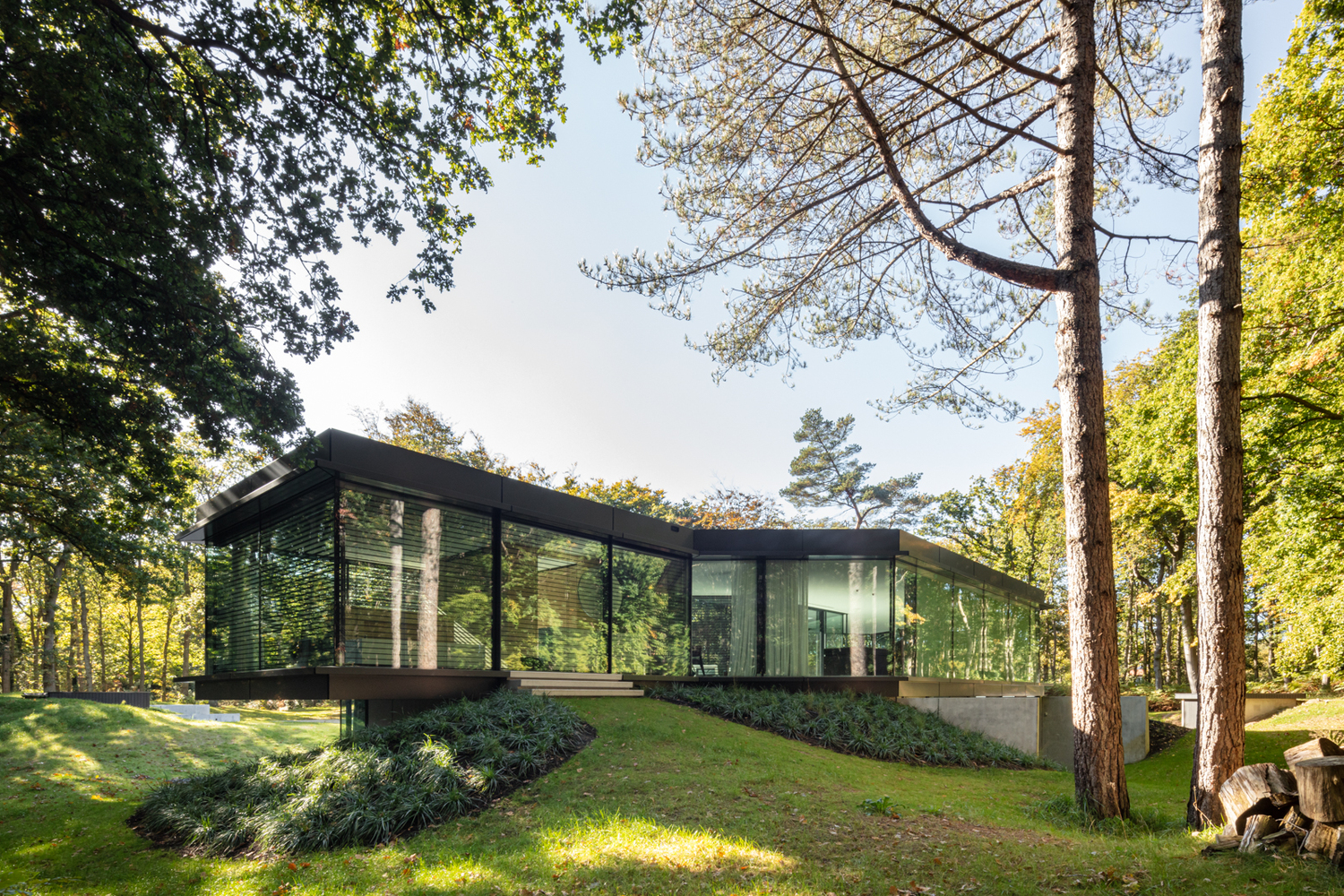
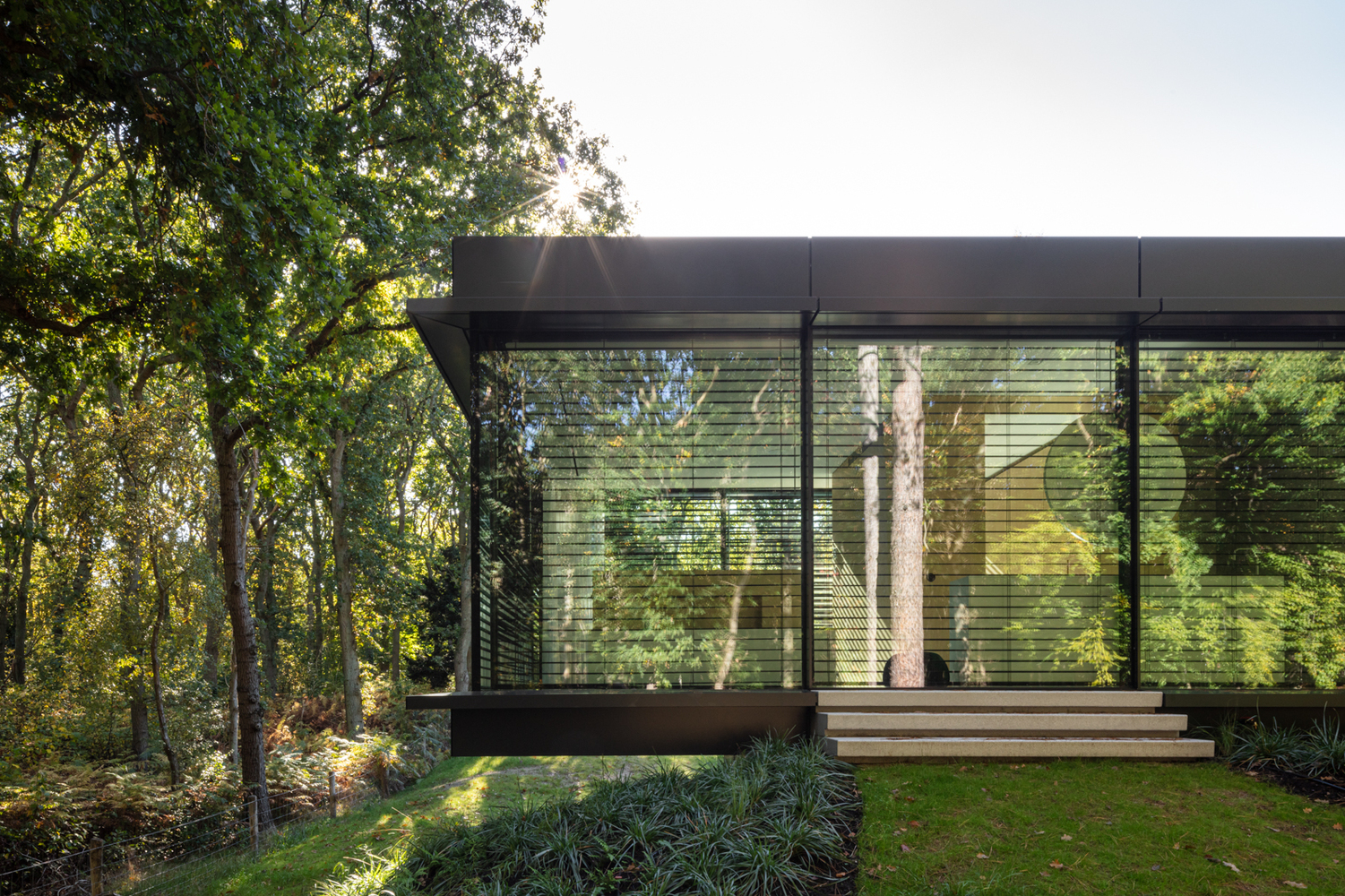
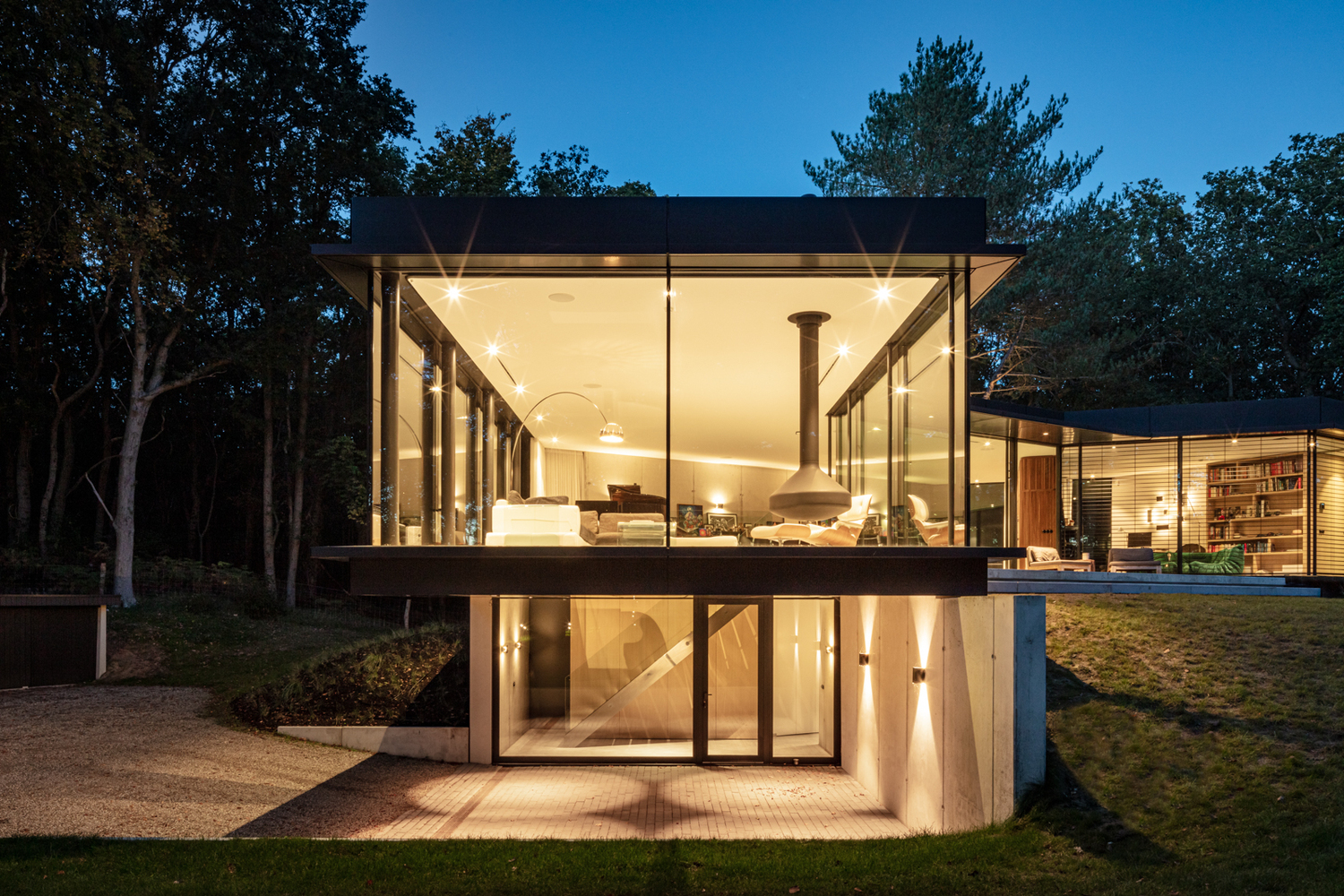
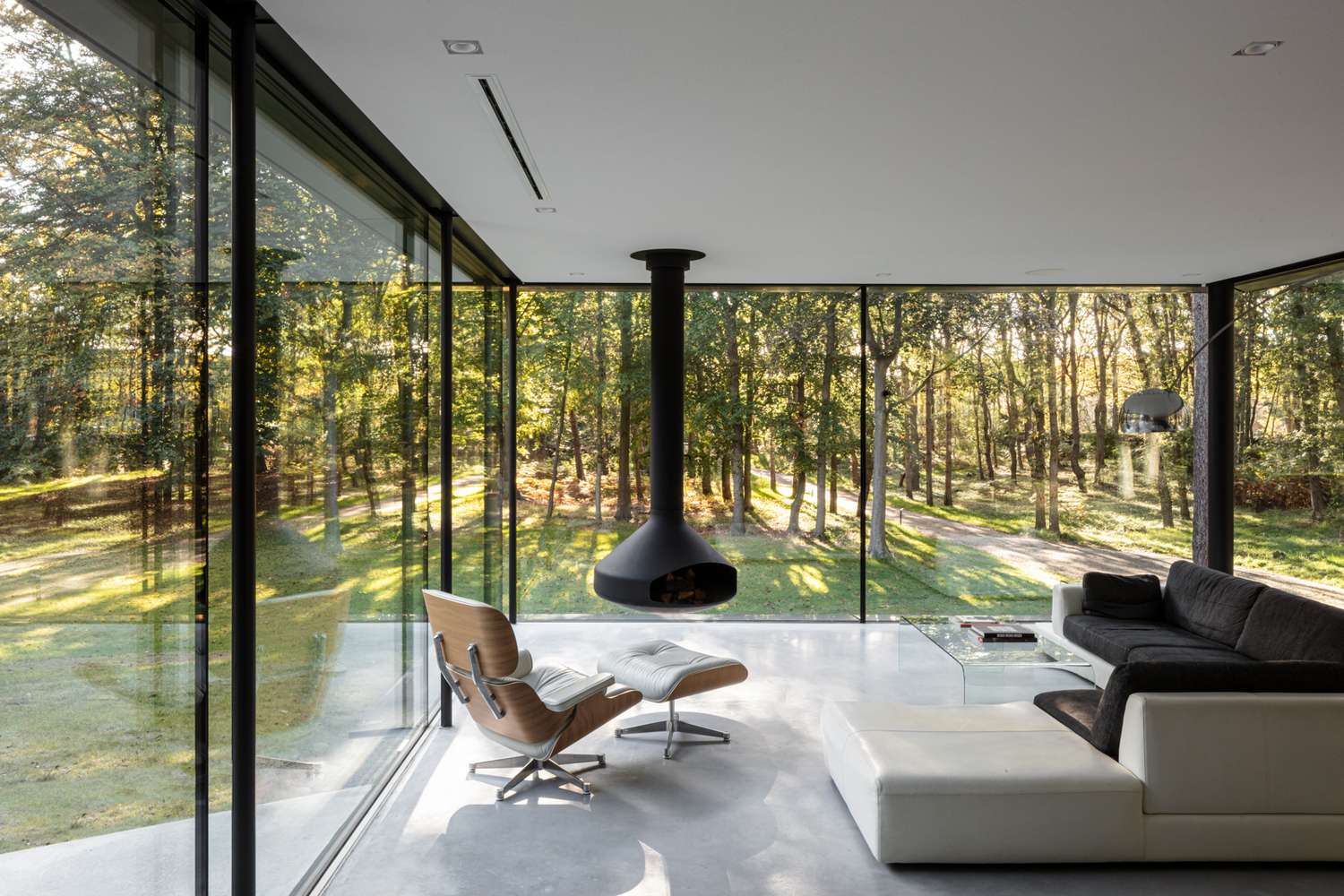
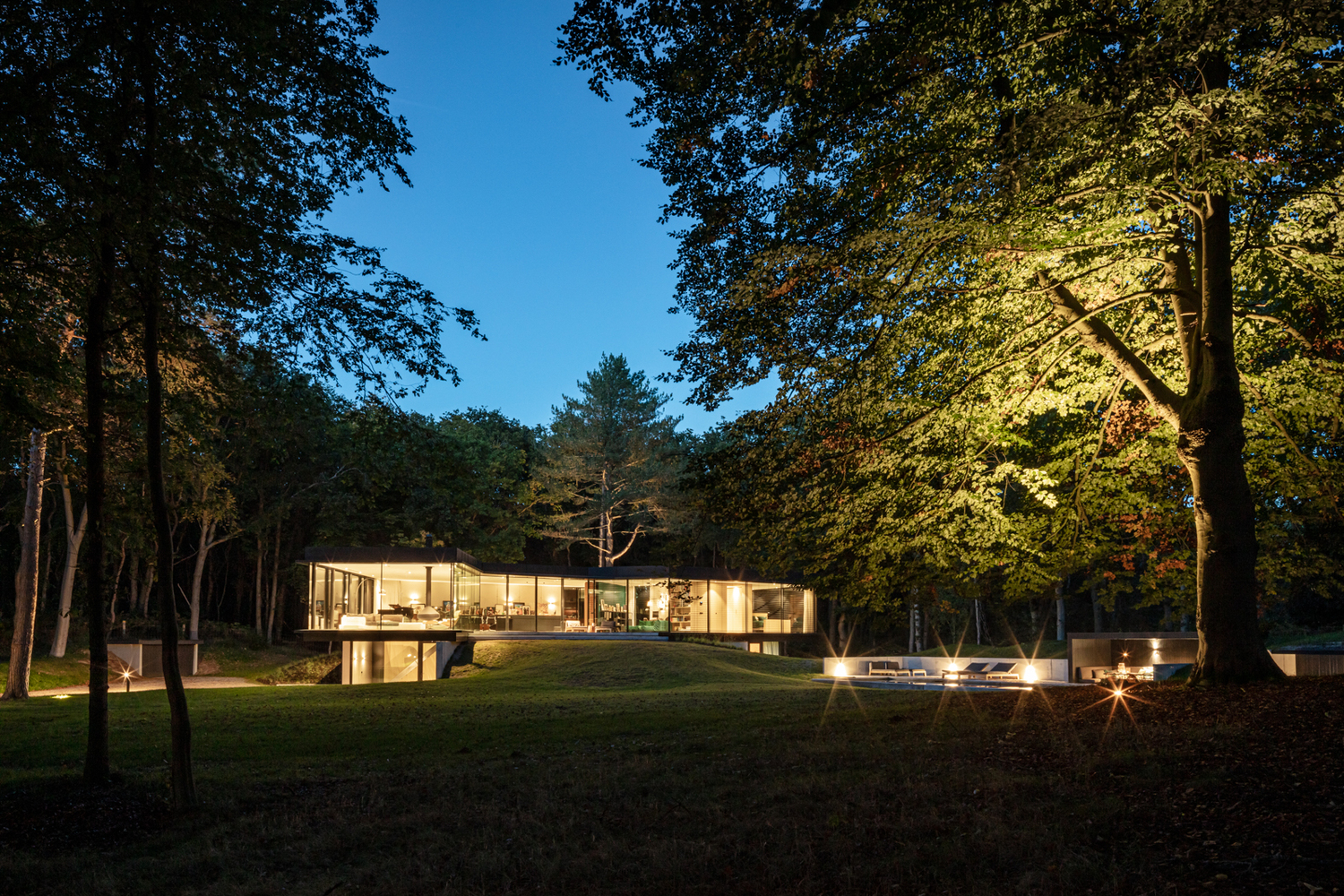
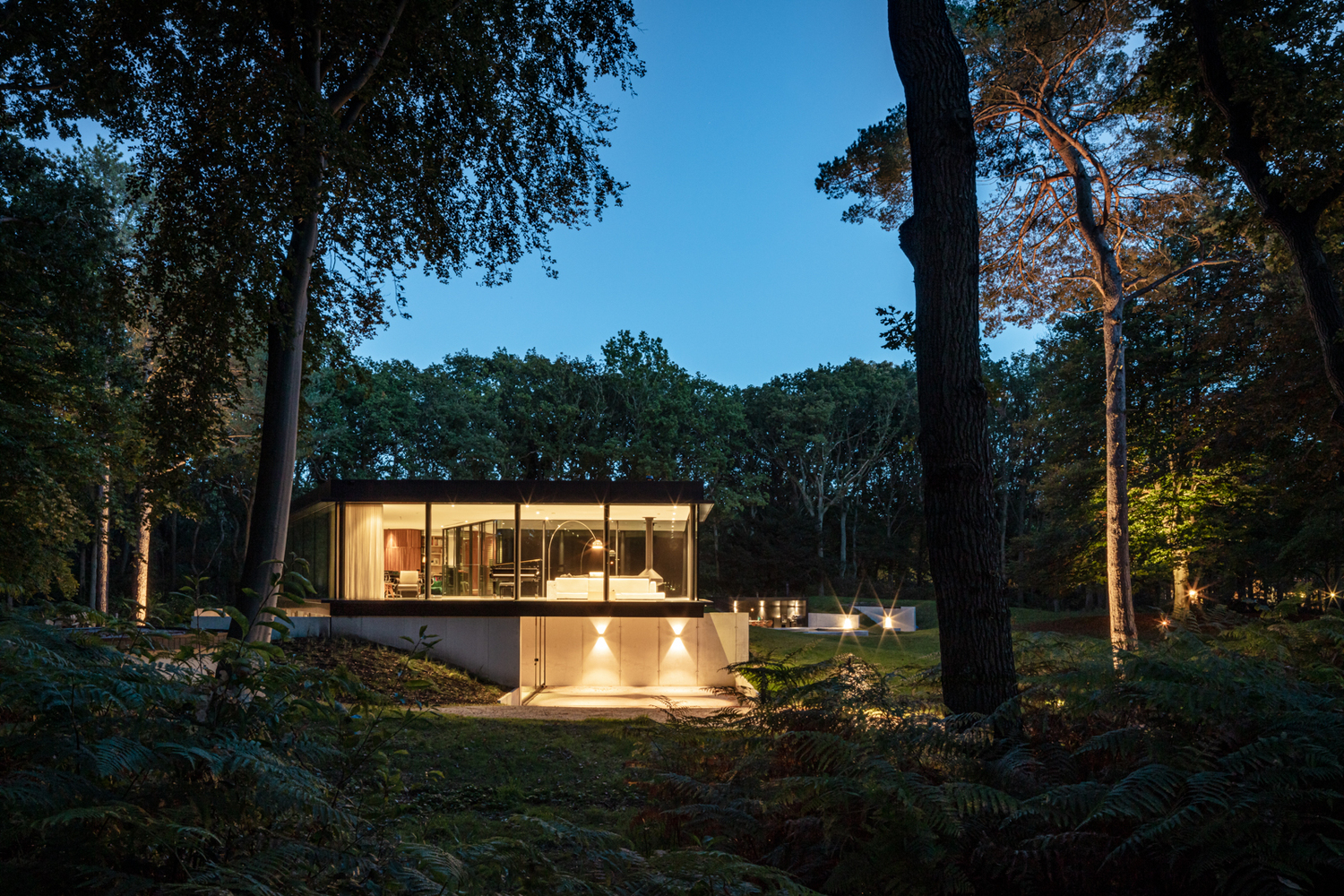
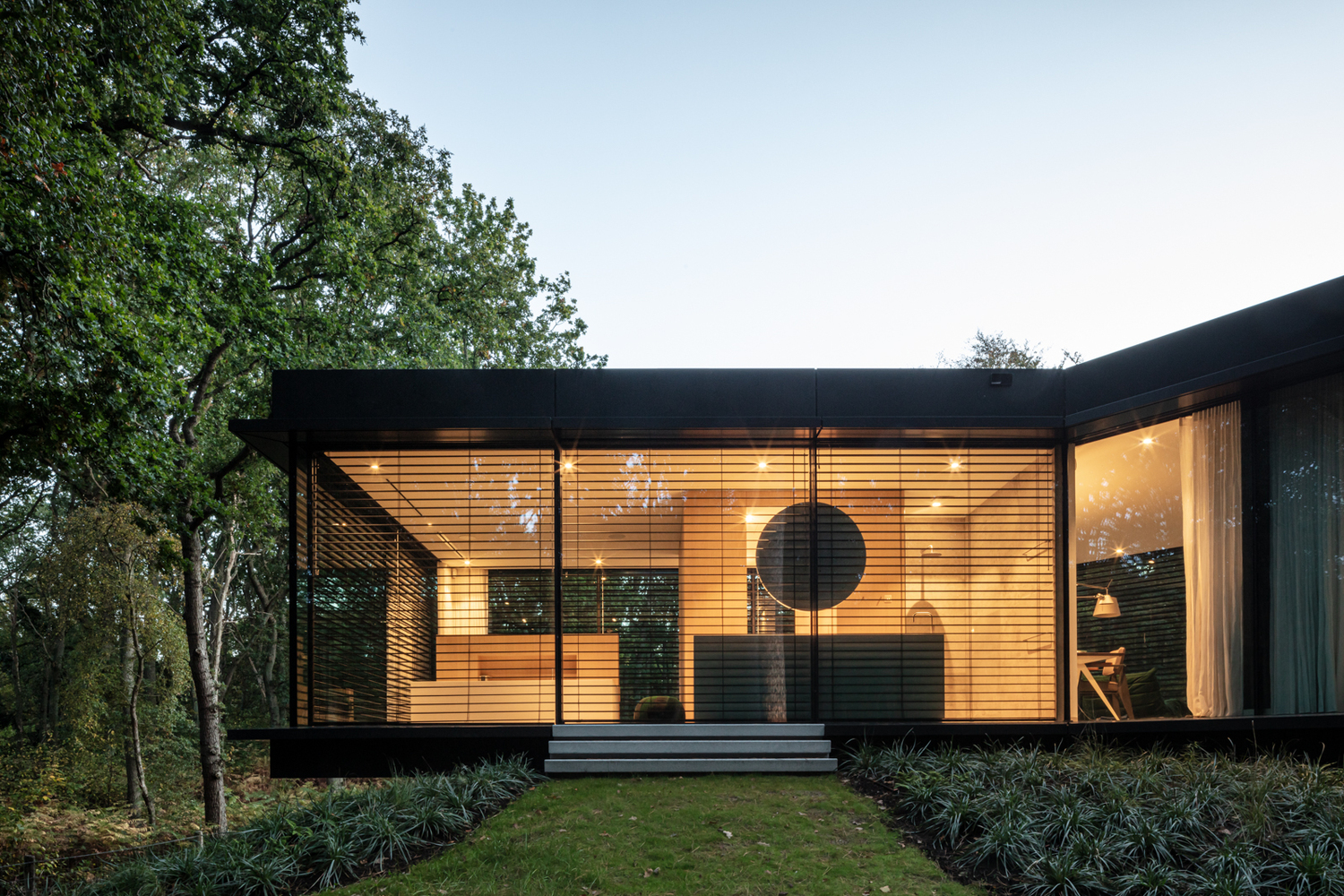
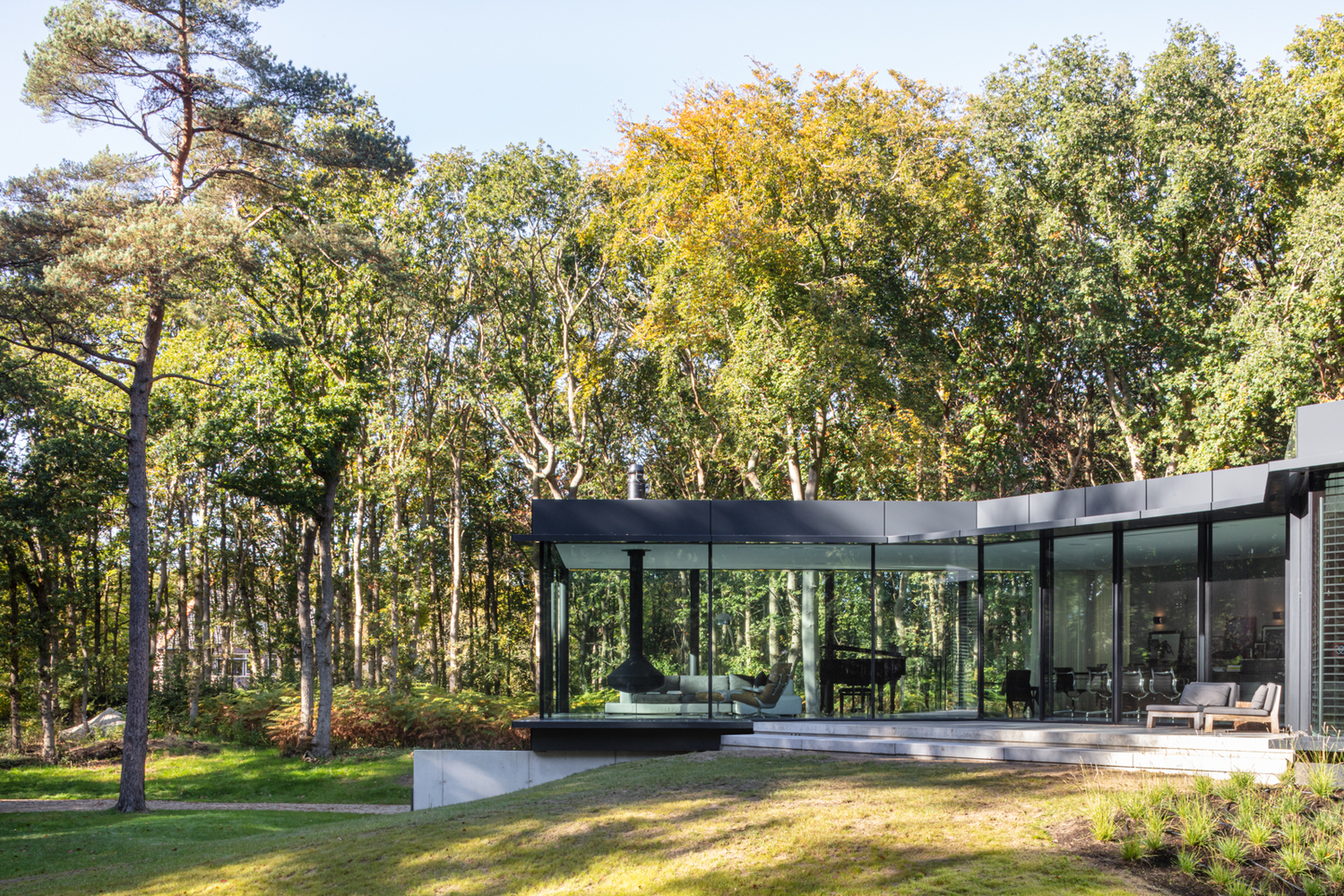
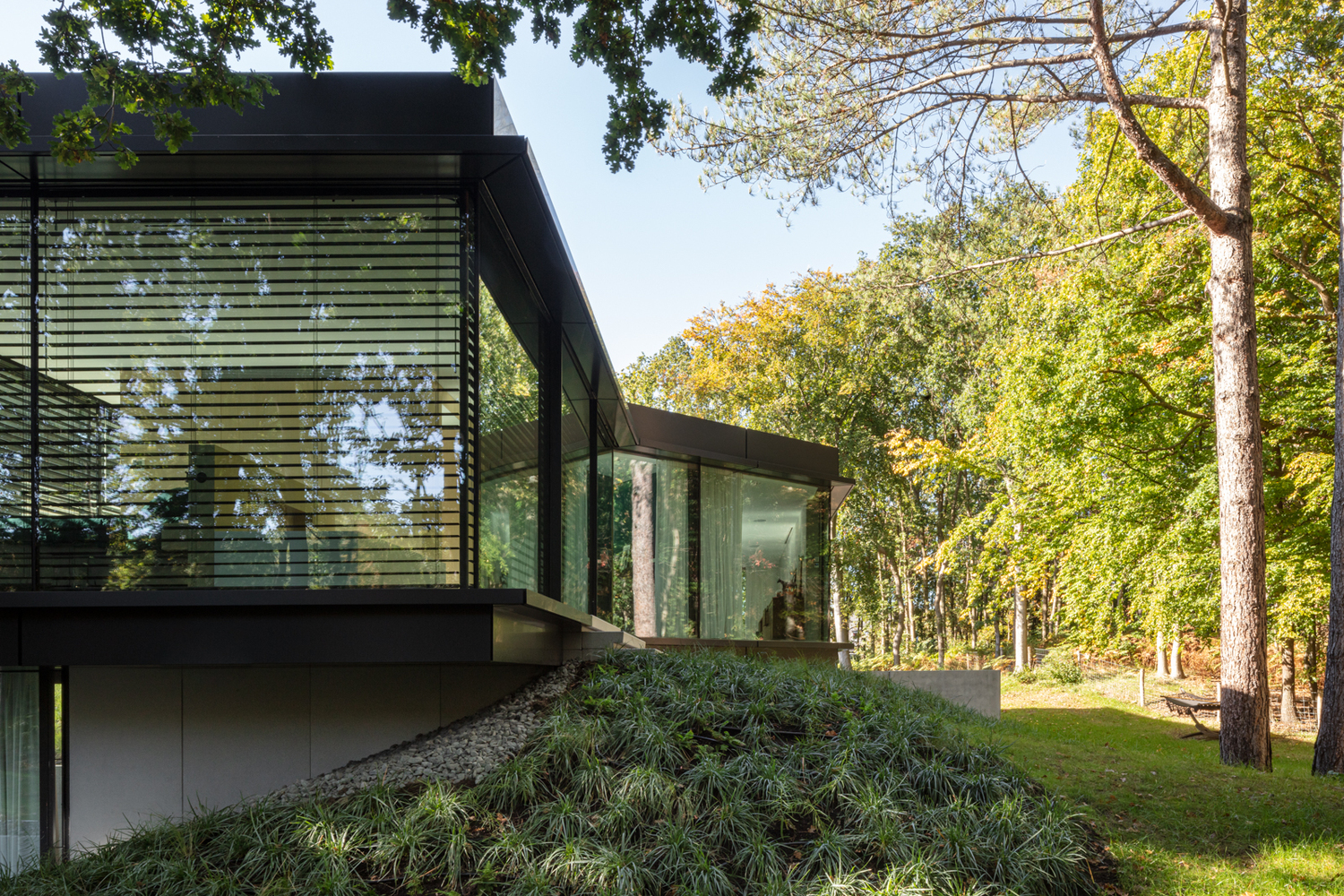
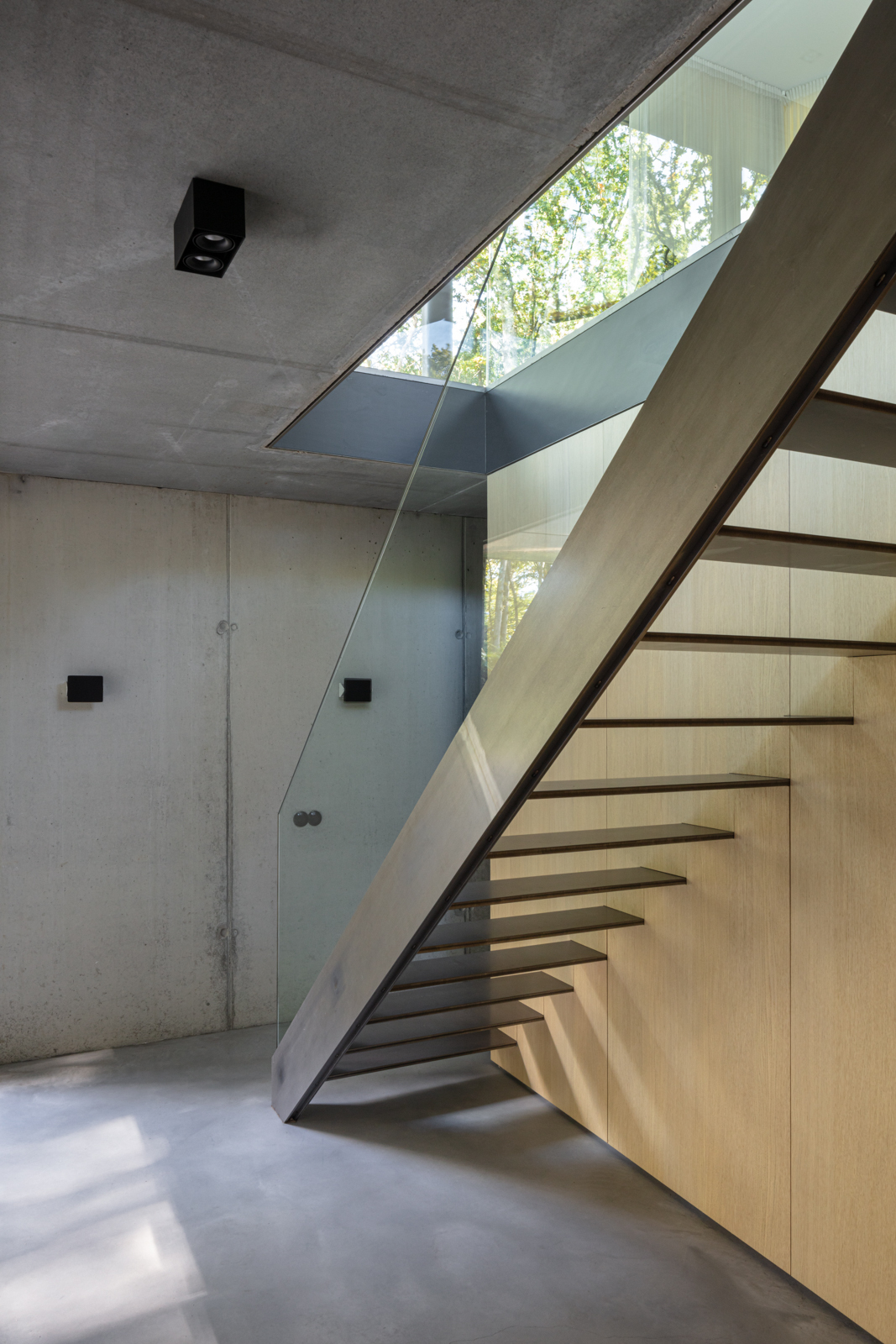
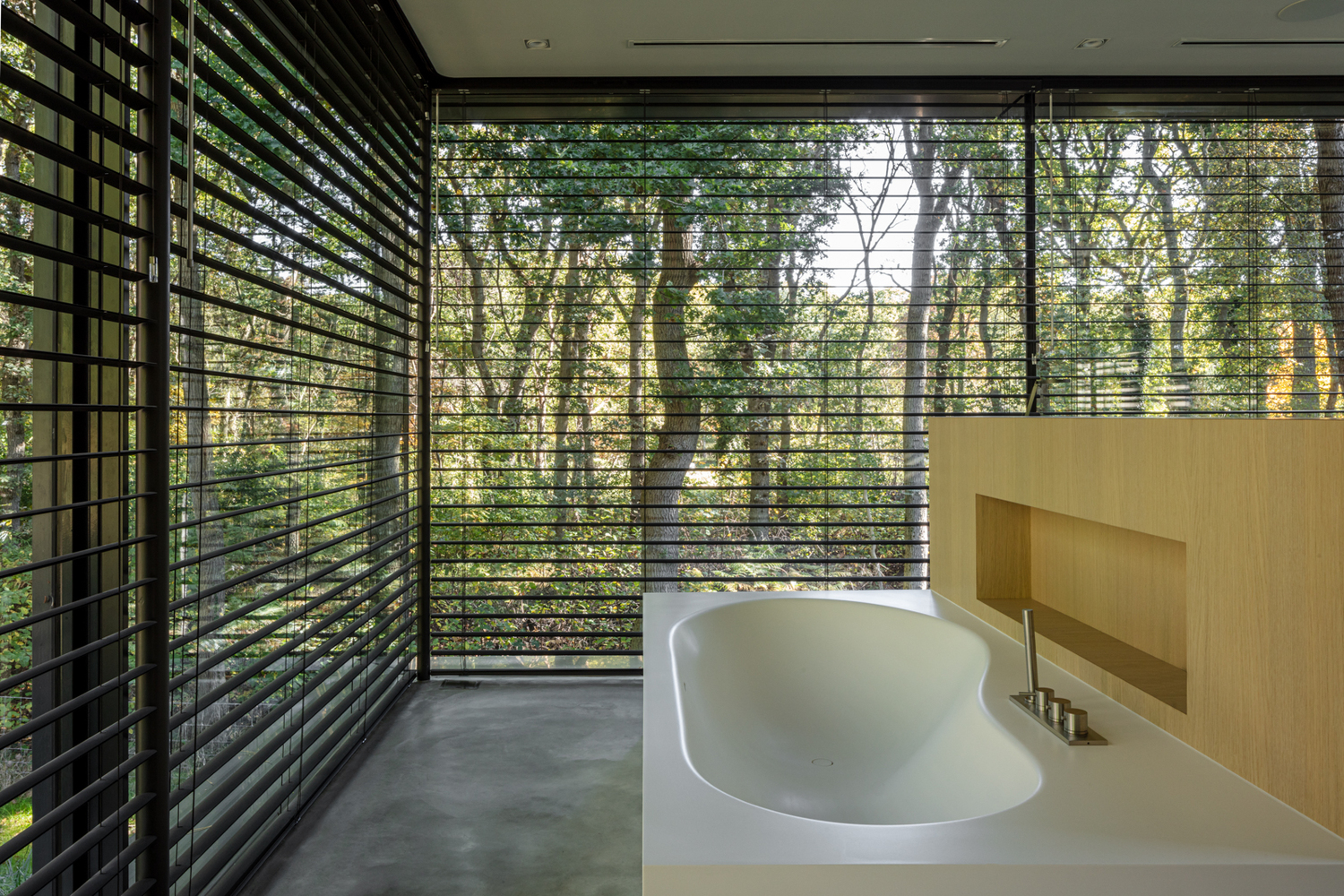
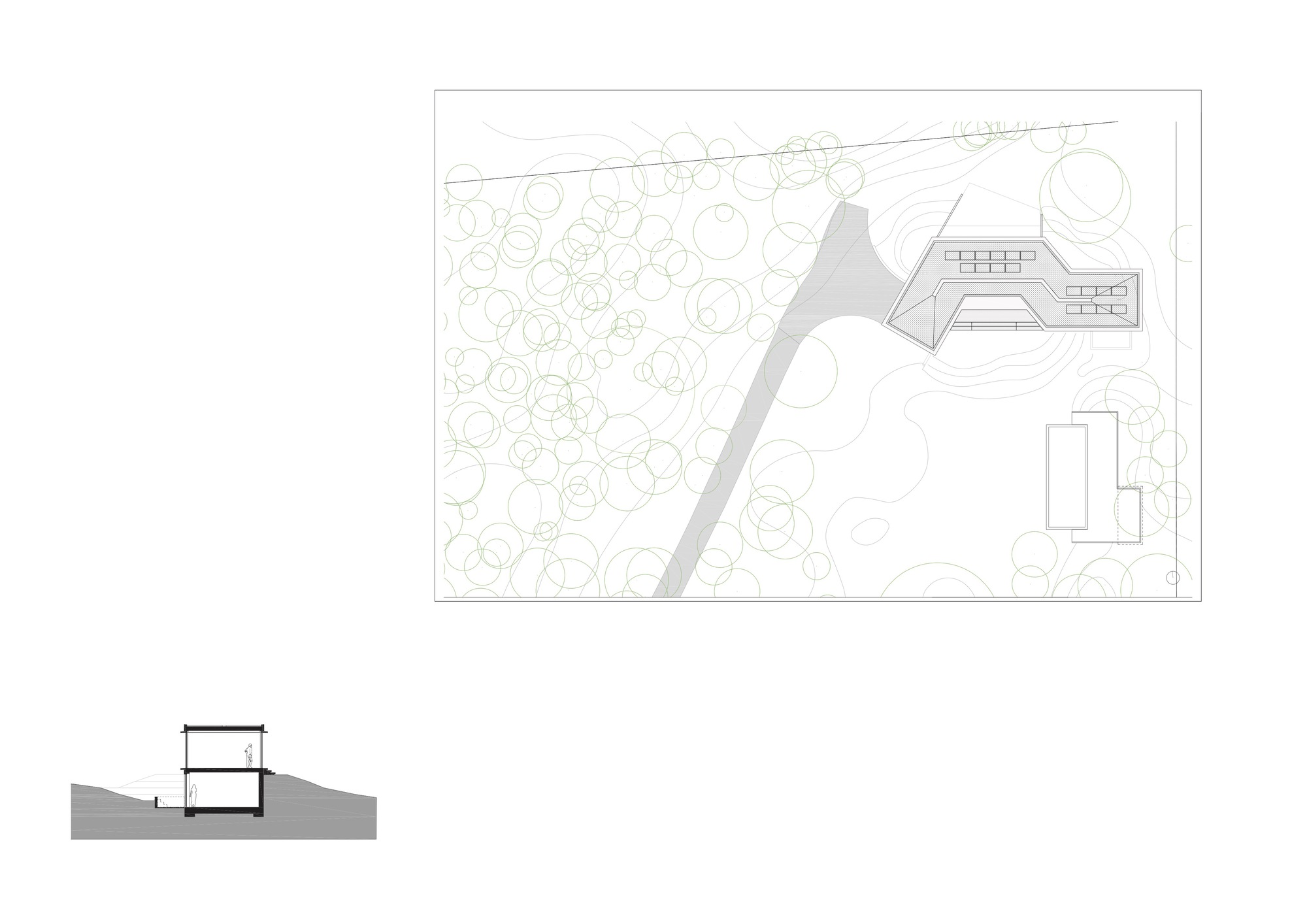
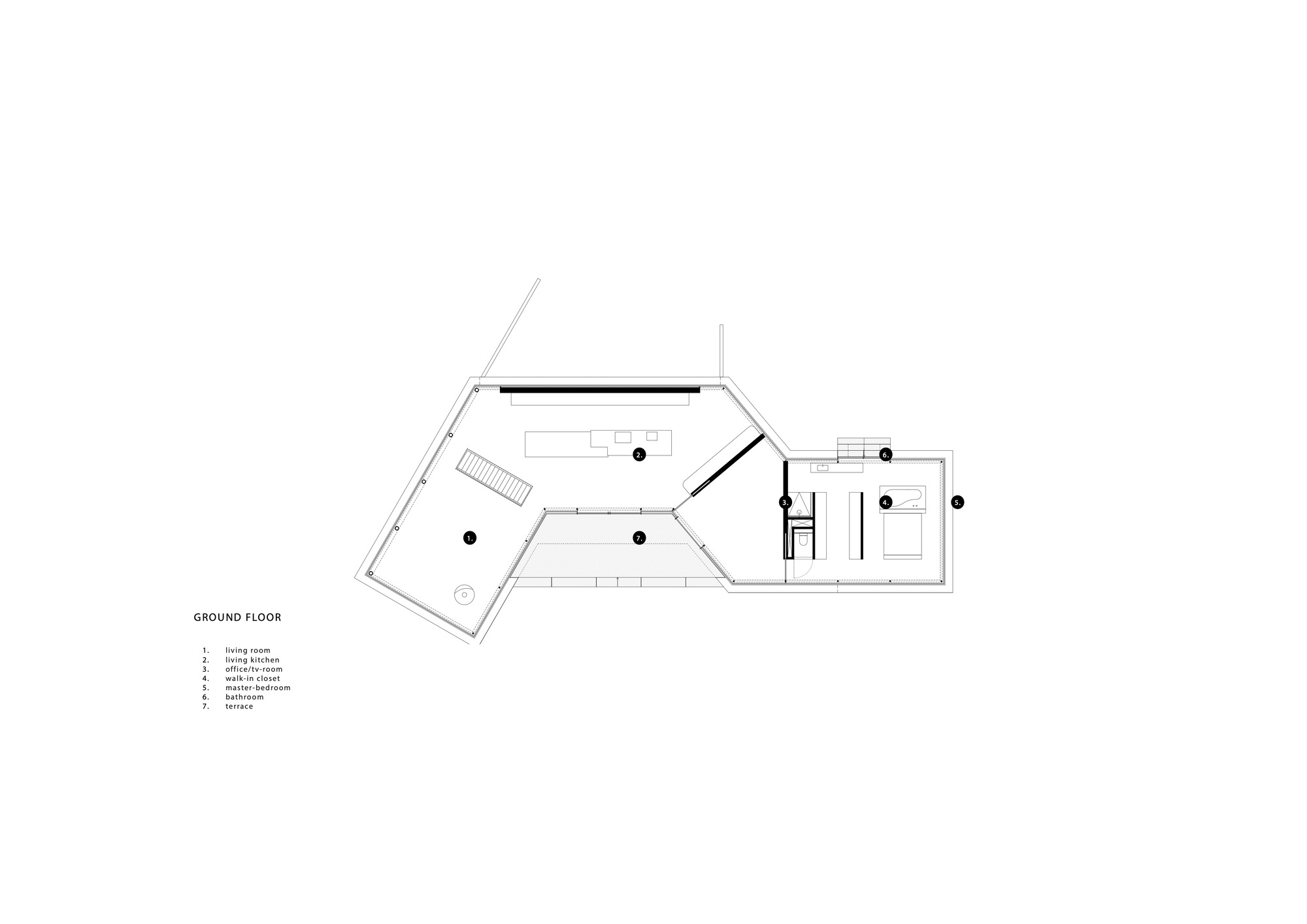
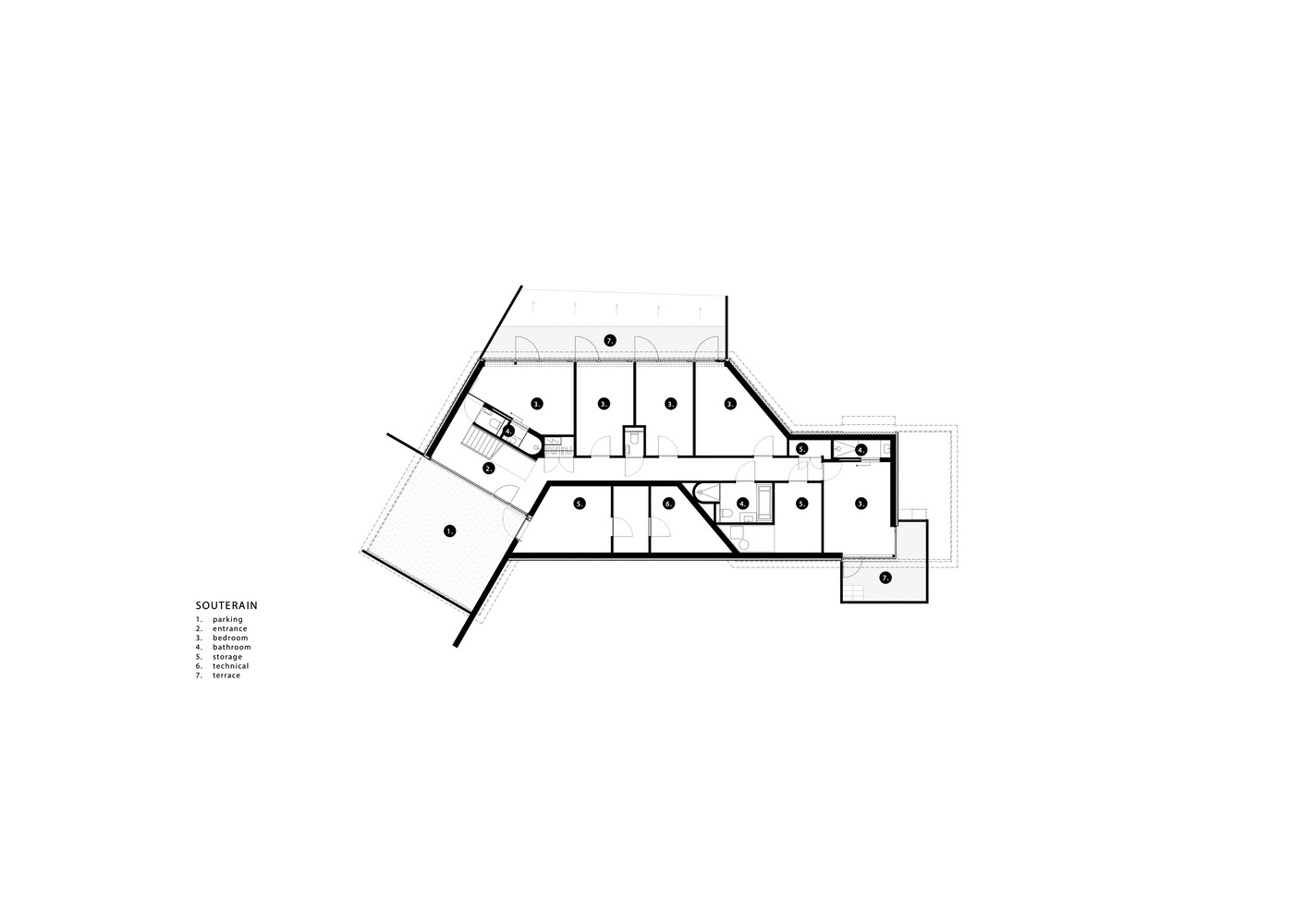








Discussion about this post